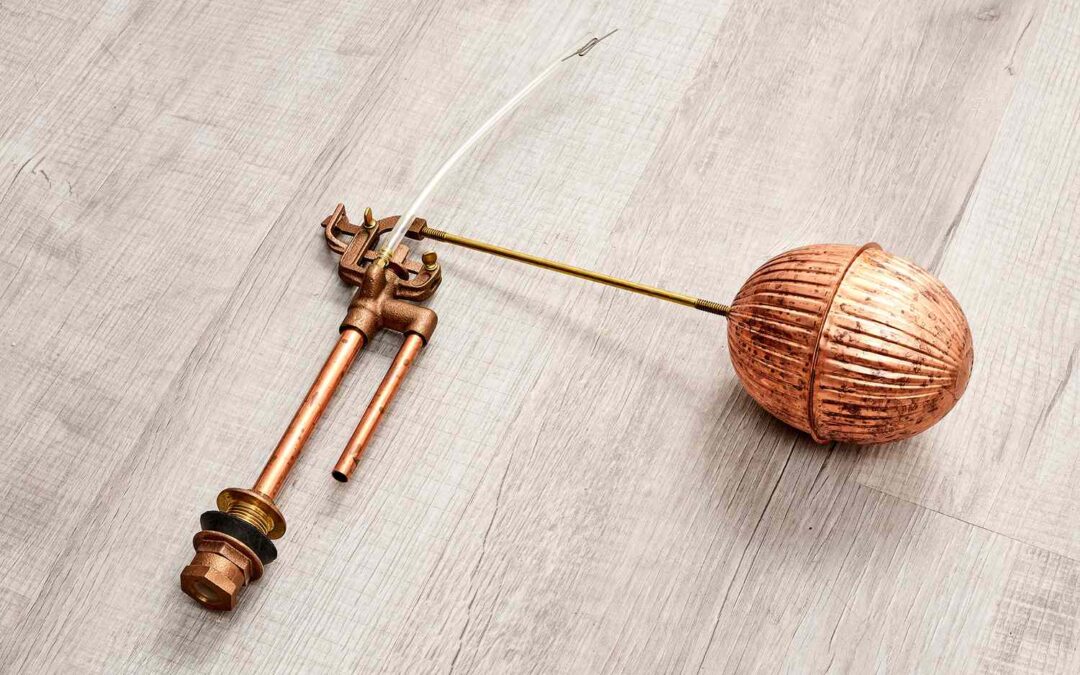Checking Tanks and Float Valves
Our team recently received a call from a distraught client who expressed dissatisfaction with her maintenance company. Upon closer investigation, it became evident that the maintenance team had been negligent in their duties, especially when it came to checking tanks and float valves. This situation inspired us to create a comprehensive guide for homeowners. This article focuses on the paramount importance of checking tanks and float valves, offering you the essential knowledge needed to ensure that your maintenance company is doing a thorough job.
Importance of Regular Tank Checks
Regular tank checks are a vital part of home maintenance that should not be neglected. Water tanks are a crucial component of our plumbing systems, providing stored water for a multitude of household needs. The significance of conducting regular checks lies in multiple aspects:
- Functionality: Checking tanks ensures they’re working at optimal capacity.
- Prevention: A timely check can help identify issues like leaks, blockages, or contamination.
- Cost-Saving: Regular checks could save you money in the long run by avoiding more severe damage.
Ensuring a Consistent and Reliable Water Supply
Having a fully functional tank is integral for a constant water supply. A neglected tank can lead to water pressure issues, which might affect your daily activities such as showering, washing dishes, or gardening. Regularly checking tanks and float valves ensures that you won’t be left high and dry, quite literally.
Float Valve Replacement: A Preventive Measure
Replacing float valves in your water tanks is an often overlooked yet essential part of preventive maintenance. From our extensive experience in the field, we strongly advocate for replacing your float valve every two years. While many people opt for locally sourced float valves due to convenience or cost, these valves can be of varied quality and are likely to fail within 18 months.
Two Common Failure Modes of Float Valves
The failure of a float valve usually manifests in one of two ways:
- The valve might get stuck, leading to an overflowing tank and subsequent water damage.
- The valve could suffer from gradual degradation due to mineral build-up or contamination, causing constant leaks.
Both scenarios are problematic and could result in expensive repairs, not to mention the immense waste of water.
The Cost of Negligence
Neglecting your tank and float valve checks can lead to severe consequences. A malfunctioning float valve can result in water damage that may cost thousands of dollars to repair. Moreover, consistent leaks can lead to water waste, which will inevitably inflate your water bill. All these problems can be mitigated by checking tanks and float valves as a regular part of your home maintenance routine.
Empowering Yourself with Information
Information is power, and when it comes to home maintenance, knowing is half the battle. Don’t blindly spend on repairs and replacements. Educate yourself on the signs of a failing float valve, such as inconsistent water levels or the sound of water running when it shouldn’t be. There are various online resources available that offer step-by-step guides on checking tanks and float valves.
Scheduling Maintenance
Maintenance schedules might seem like an additional chore on your long list of responsibilities, but the reality is that they are a necessity. We recommend that homeowners mark their calendars for a float valve replacement every two years. It might appear to be a small task but think about the cost and hassle it saves you in the long run.
Finding Quality Replacement Float Valves
Investing in a high-quality float valve is a smart move. The market is flooded with options, but not all are created equal. A simple Google search using the keyword “quality float valves” will provide a list of reputable suppliers. When shopping for a new valve, make sure to consider the material it’s made from, the size that fits your tank, and read reviews or ask for recommendations to evaluate the manufacturer’s reputation.
FAQ
Q: How often should I check my water tank? A: It’s advisable to have a professional conduct an inspection at least once a year.
Q: Why should the float valve be replaced every two years? A: Lower-quality float valves often fail within a year and a half. Regular replacement prevents complications like leaks or blockages.
Q: How do I identify a failing float valve? A: Inconsistent water levels and unexplained running water are significant signs.
Q: Can I replace the float valve myself? A: Yes, with the right tools and instructions, it is possible. However, hiring a professional is advised if you’re not comfortable with the task.
Conclusion
Remember, the key to a well-maintained and happy home lies in regular checks and preventive measures. Start by checking tanks and float valves as part of your overall home maintenance. By taking control of these fundamental aspects, you not only safeguard your home’s functionality but also secure peace of mind for yourself and your family.
If you think you may need an inspection to determine if you have a leak at home, click the button below to speak with an expert now.





